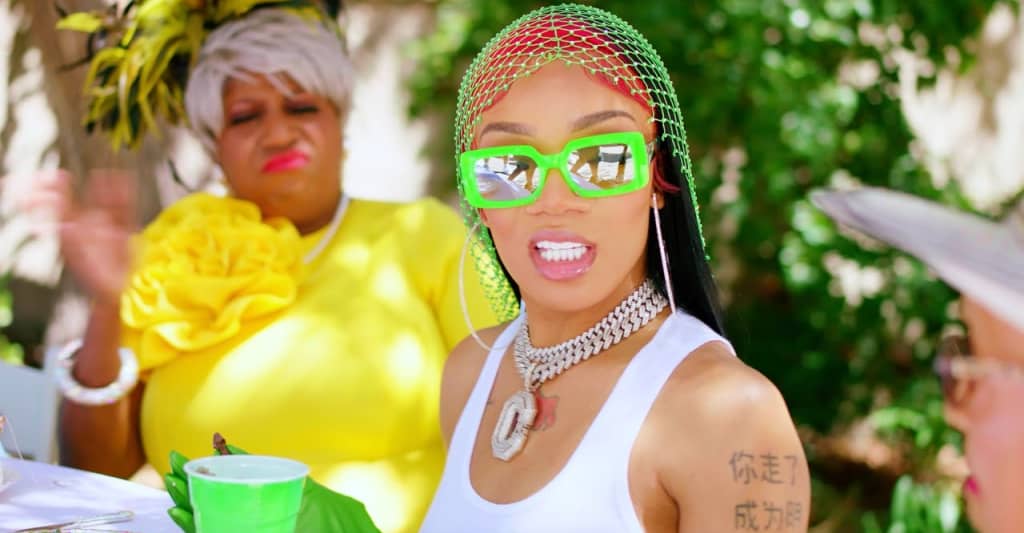#Animation Legend Pete Docter Reflects on ‘Up,’ ‘Inside Out,’ And His Early Career

Table of Contents
Animation Legend Pete Docter Reflects on ‘Up,’ ‘Inside Out,’ And His Early Career
When Pete Docter thinks back to his early days at Pixar, working on 1995’s groundbreaking Toy Story, he thinks of his time studying animation at CalArts. “[It was] just a bunch of people drawing, trying to do something cool,” he says. Now a three-time Oscar winner and Pixar’s chief creative officer, Docter — along with Powerpuff Girls creator Craig McCracken and the late Evelyn Lambart from the National Film Board of Canada — will receive the Winsor McCay Award for career contributions to animation during the 50th Annie Awards.
While speaking about his career to THR ahead of the gala event at UCLA’s Royce Hall, Docter fondly remembers meeting a trio of his own animation idols — Disney legends Joe Grant (Dumbo) and Frank Thomas and Ollie Johnston (two of Disney Animation’s Nine Old Men) — and the valuable lessons he learned. “Ollie would say, ‘Don’t draw what the character is doing; draw what they’re thinking,’ ” he says. “The reason we move to begin with is because we’re feeling something inside, and the movement then becomes an expression of that. That was such a great, succinct way of saying, ‘Draw what they’re feeling.’ ”
Docter went on to win Oscars for Up, Soul and Inside Out, for which Joy, the Amy Poehler-voiced emotion, was a sizable challenge. “One of the comments we got as we were making it — and a number of people said this in so many words — was, ‘I really love this movie. I hate your main character,’ ” Docter admits with a laugh. “I think it’s because, you know, if you’re around people who are positive and peppy all the time, you kind of want to, you know, punch them in the face or something. It can be really annoying. So it was a struggle to make that character work.
“But I think between Amy Poehler’s contributions and all the animators who found the specificity of how to make that work, it made it really rewarding when we did land it. She’s got a lot of quirks, but she’s still very rootable, and [her traits are] something that everybody could use more of in their life.”

Walt Disney Co./Courtesy Everett Collection (2)
Thinking more broadly about where animation is today — and where it’s heading — Docter acknowledges that many still think of it as a medium for kids or for musicals and the like. “When we push past that, it’s always fun to surprise [audiences],” he says, remembering the response to Up when many moviegoers found themselves in tears during the first 10 minutes as the aging Carl (voiced by Ed Asner) loses his wife during the “Married Life” montage.
“I would love to continue to push against those walls, in ways hopefully that are still tapping into things that the audience resonates with,” he says. “It’s easy to do something different just for different’s sake. It’s really hard to do something different that still connects with people — so they want to see it, but they haven’t seen it before. That’s the hard part.”
This story first appeared in the Feb. 22 issue of The Hollywood Reporter magazine. Click here to subscribe.
If you liked the article, do not forget to share it with your friends. Follow us on Google News too, click on the star and choose us from your favorites.
For forums sites go to Forum.BuradaBiliyorum.Com
If you want to read more Like this articles, you can visit our Social Media category.




